A sparkling oven door instantly makes your entire kitchen feel cleaner and more inviting. But over time, baked-on grease, food splatters, and stubborn streaks can cloud that glass, making it look dull and neglected. Many people put off cleaning it because they assume it takes harsh chemicals or hours of scrubbing. The good news? It doesn’t have to. With simple, natural ingredients you likely already have in your kitchen, you can restore your oven door’s shine in less than 30 minutes. This method is safe, affordable, and surprisingly satisfying. Not only will your oven look better, but cooking will feel more enjoyable when you can actually see through the glass to check on your dishes. So roll up your sleeves, grab a few household items, and let’s make your oven door look like new again, without the fumes, without the stress, and without the need for special cleaners.
Step 1: Gather Your Supplies
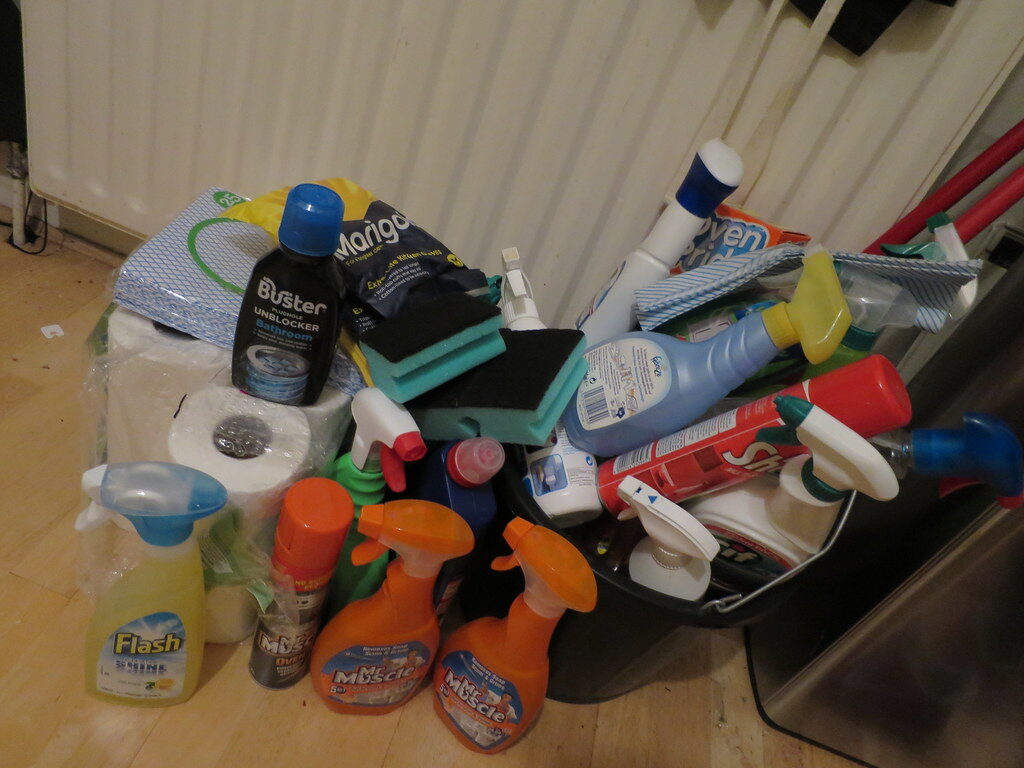
Before starting, it is important to have all the right materials on hand to make the process smooth and efficient. Luckily, this method relies only on basic items that you probably already have in your kitchen or cleaning cabinet. You will need baking soda, which acts as the main grease-fighting agent, white vinegar to enhance the cleaning process with a natural fizzing reaction, warm water to create a spreadable paste, a mixing bowl, a sponge or microfiber cloth for wiping, and a small brush for reaching corners. Having everything prepared beforehand ensures that you can focus on cleaning without unnecessary interruptions.
Step 2: Remove Loose Debris
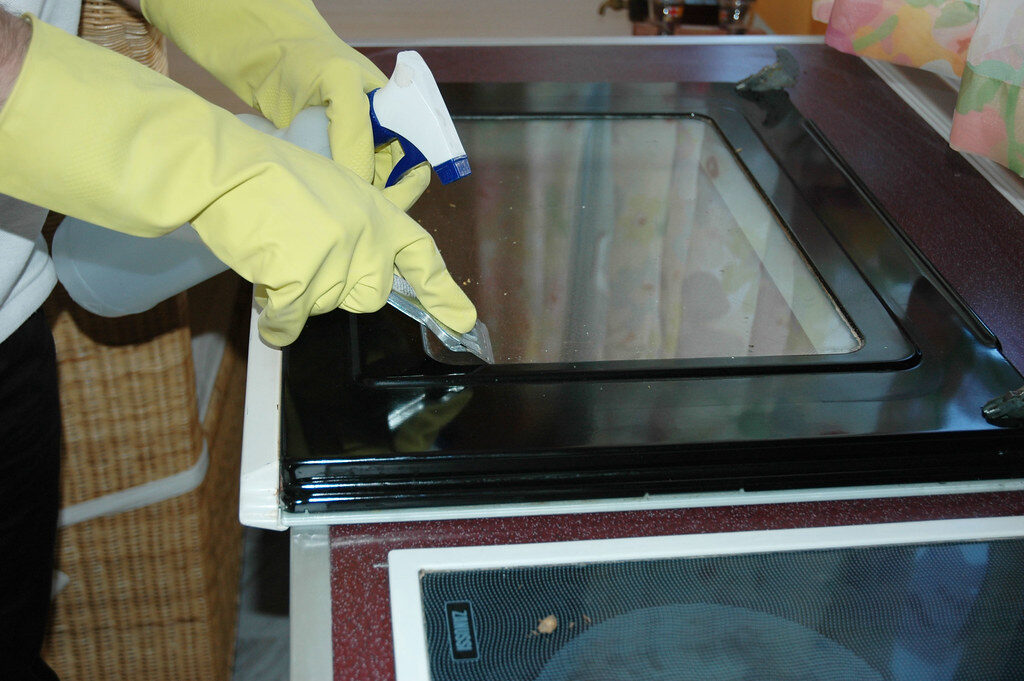
The first thing to do before applying any paste or cleaner is to clear away loose crumbs and light grease from the oven door. This step may seem small, but it helps prevent spreading debris while you scrub and ensures the cleaning solution can focus on the tough, baked-on stains. Use a dry microfiber cloth or a soft brush to wipe away food particles, ashes, or dust. Pay close attention to the edges of the glass and the bottom section of the door, where crumbs often settle. By preparing a clear surface, you will save time and make the following steps more effective.
Step 3: Mix Your Natural Paste
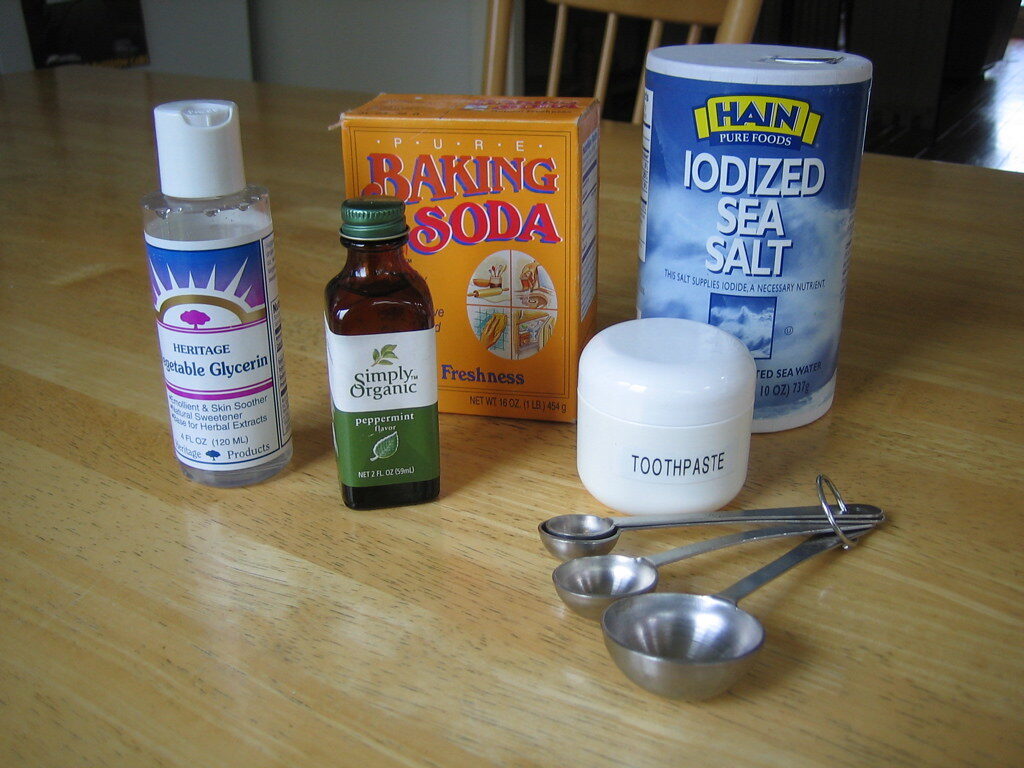
Now it is time to create your natural cleaning solution using two simple ingredients: baking soda and warm water. Baking soda is a gentle yet powerful abrasive that can lift stubborn grease without scratching the glass surface. In a small bowl, combine half a cup of baking soda with a few tablespoons of warm water. Stir until the mixture forms a thick, spreadable paste. If it is too watery, add more baking soda. If it feels too dry, add another splash of water. This paste will serve as the main tool for loosening the layers of grease clinging to your oven door.
Step 4: Apply the Paste
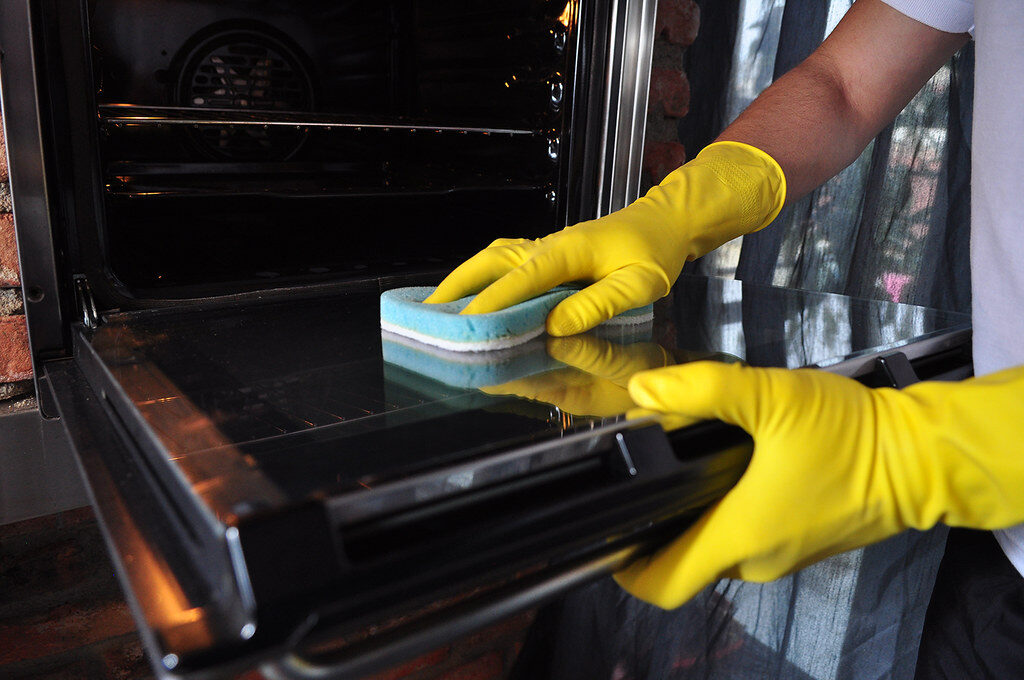
Once your mixture is ready, take a sponge or soft cloth and spread the baking soda paste generously over the greasy parts of your oven door. Focus on the glass panel, where grease and streaks are most visible, but also do not forget the corners and edges where residue tends to build up. Apply the paste in circular motions to ensure even coverage, making sure no greasy spot is left untouched. You do not need to scrub hard at this stage because the paste will do the work for you. This step prepares the door for deep, natural cleaning.
Step 5: Let It Sit
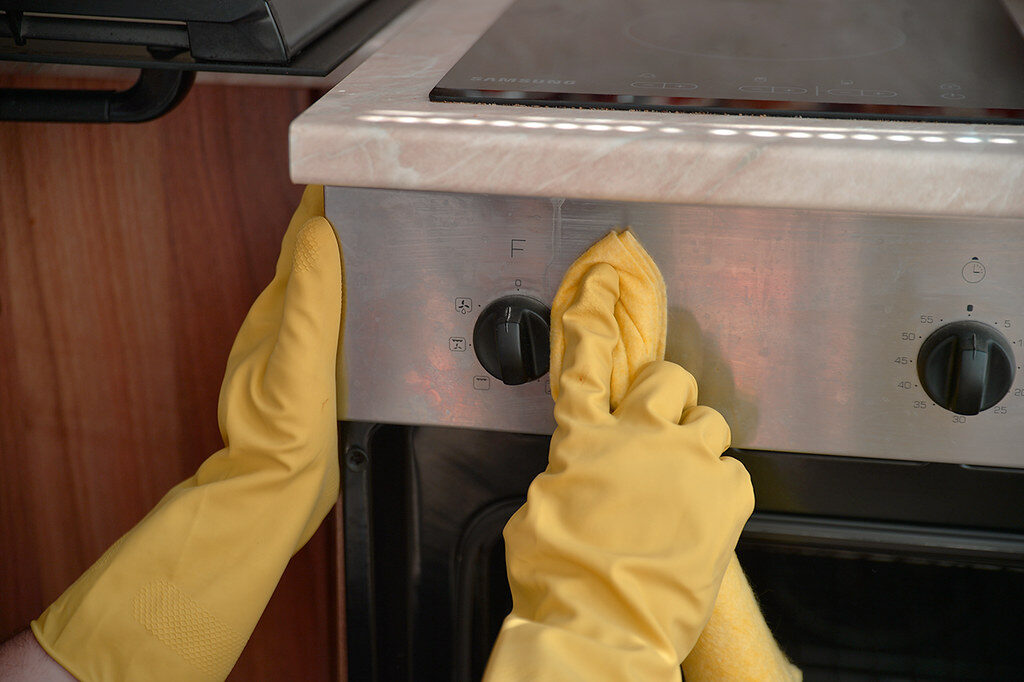
After applying the baking soda paste, patience is the secret ingredient. Allow the mixture to sit on the oven door for around fifteen minutes so it can break down the stubborn grease effectively. During this time, the baking soda softens the hardened residue, loosens oily streaks, and prepares the surface for easy removal. Letting it sit gives the paste time to penetrate the thick layers of grime that normal wiping cannot remove. Instead of wasting energy scrubbing right away, this waiting step allows the natural cleaning properties of baking soda to lift grease for a much easier cleanup later.
Step 6: Spray with Vinegar
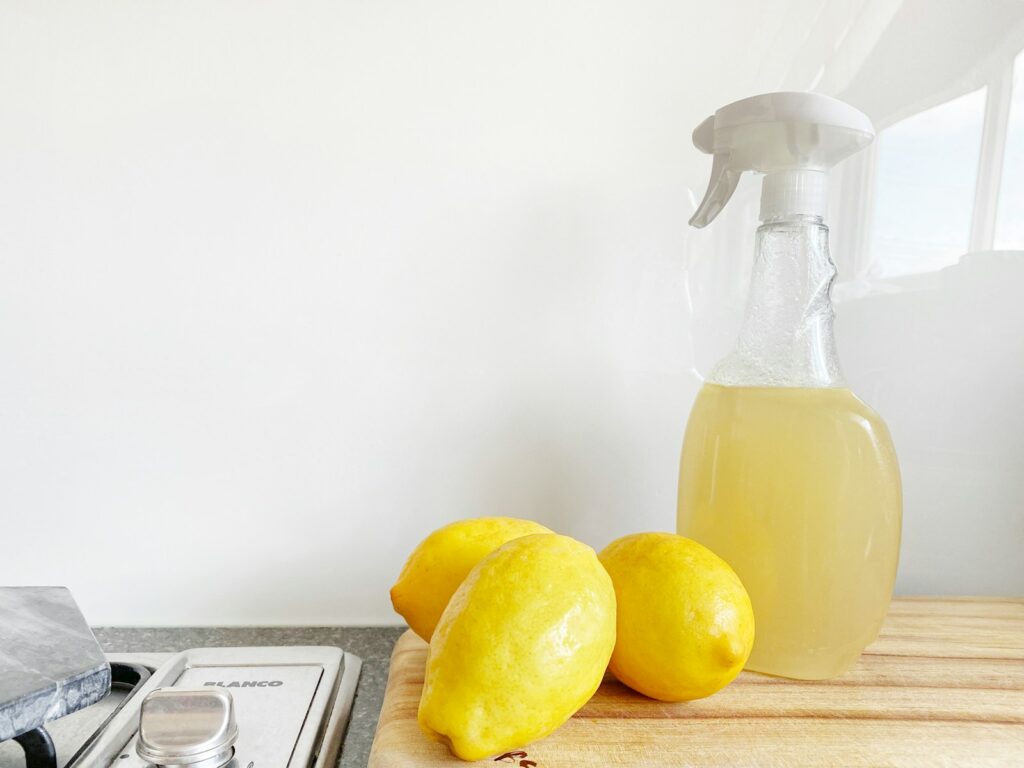
Once the paste has rested for about fifteen minutes, the next step is to enhance its cleaning power by adding vinegar. Fill a spray bottle with white vinegar and lightly mist it over the baking soda-coated areas of your oven door. You will notice a gentle fizzing reaction that works like a natural scrubber, breaking down grease and loosening the paste. This bubbling action lifts grime without the need for harsh chemicals. Do not oversaturate the door; just a light spray will do. The vinegar and baking soda combination is an effective, eco-friendly way to tackle tough stains naturally.
Step 7: Wipe Away the Grease
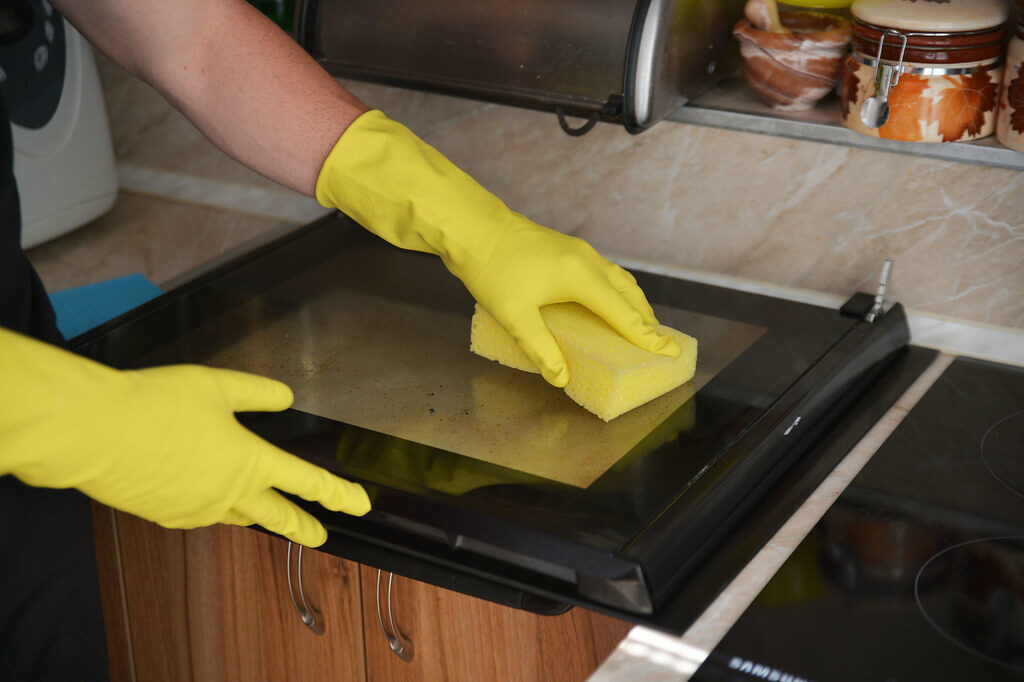
After the fizzing reaction, it is time to remove the softened grease and paste. Take a damp sponge or microfiber cloth and gently wipe down the oven door. Work in sections, rinsing the cloth frequently to avoid spreading grease around. For any particularly stubborn spots, you can use a small brush or reapply a thin layer of paste. Continue wiping until the surface is clear and free of residue. This step is the most rewarding because you will immediately see the difference. The glass becomes noticeably cleaner and shinier, giving you a clear view inside your oven once again.
Step 8: Final Polish
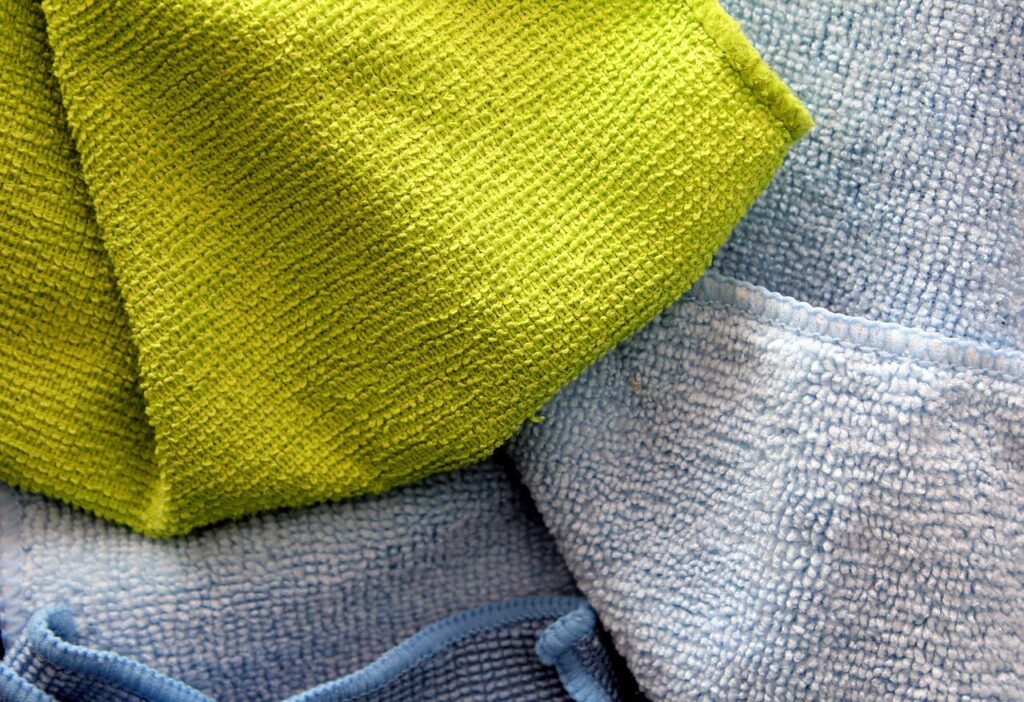
The last step ensures your oven door looks completely refreshed and streak-free. After removing all traces of paste and grease, take a clean, damp cloth to give the glass a final wipe. Then follow up with a dry microfiber cloth to buff the surface until it shines. This polishing step not only removes any leftover streaks but also prevents water spots from forming. At this point, your oven door should look almost new, with clear glass that reflects light beautifully. A little extra polishing effort brings the whole cleaning process together, leaving your kitchen feeling brighter and fresher.
Comments